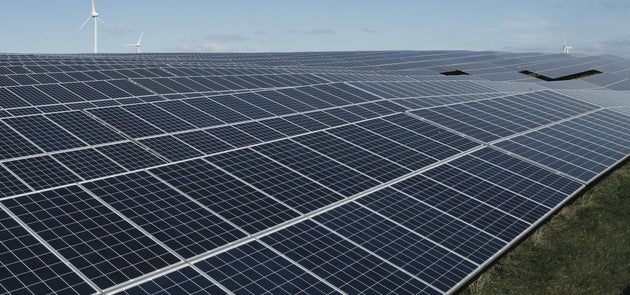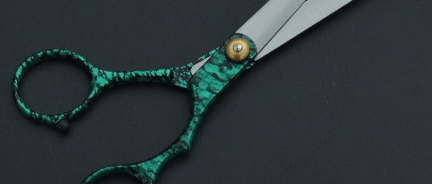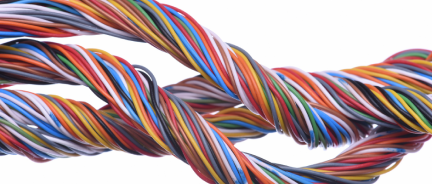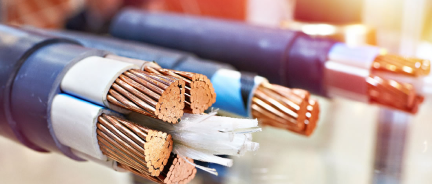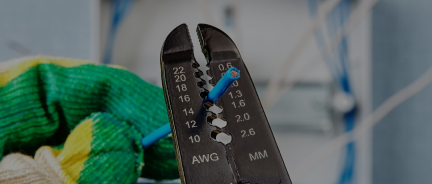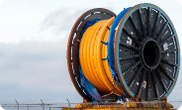How to Wire Trailer Lights: A Complete Guide
This guide walks you through how to specifically wire trailer lights in a trailer, from tools and step-by-step instructions to variations based on the type of lights and trailer, as well as common compatibility issues you may encounter.
What You'll Need
-
Trailer light kit (LED or incandescent)
-
4-pin or 7-pin plug (to match your truck)
-
Wire stripper/crimper
-
Butt connectors or heat-shrink terminals
-
Dielectric grease (especially for boat trailers)
-
Electrical tape or zip ties
-
Grounding screw
-
Multimeter or test light (optional)
General Steps to Wire Trailer Lights
-
Mount the Lights – Install tail/brake/turn lights at the trailer's rear.
-
Run the Wiring Harness – Route wires neatly along the frame using zip ties.
-
Make the Connections – Match wires to lights using the correct color codes.
-
Ground the System – Attach the white wire to clean the bare metal on the trailer frame. Note that without a good ground, your lights may flicker or not work at all.
-
Connect to Tow Vehicle – Connect a 4-pin or 7-pin plug to the truck.
-
Test the Lights – Check turn signals, brakes, tail, and reverse if applicable.
4-Pin vs. 7-Pin Wiring
The difference comes down to how many lighting and control functions your trailer needs.
A 4-pin setup handles only basic lighting, while a 7-pin setup supports extra features like electric brakes, reverse lights, and auxiliary power. So, in terms of lights, it adds a reverse lighting component.
4-Pin Wiring – Basic Setup
4-pin wiring is the regular setup that is thoroughly enough for lighting purposes. Here is what it consists of:
-
Brown → Tail/running lights
-
Yellow → Left brake + turn signal
-
Green → Right brake + turn signal
-
White → Ground
Best for: Small utility or boat trailers without brakes or onboard power.
7-Pin Wiring – Advanced Setup
Here are the additional wires added in a 7-pin setup, one of which is responsible for additional lighting:
-
Blue → Electric trailer brakes
-
Black → 12V battery charge or accessories
-
Purple → Reverse lights – activate when backing up to light the area or signal motion
Best for: RVs, enclosed trailers, or anything with brakes, backup lights, or interior power.
Common Trailer Plug Types
-
Flat 4-Pin – Standard for small trailers. Flat, simple design.
-
Flat 5-Pin – Adds a reverse lockout wire (purple) for boat trailers with surge brakes.
-
Round 6- or 7-Pin – Larger RV-style connectors. Round plugs often include electric brakes, reverse lights, and 12V power.
-
Most modern 7-pin plugs use blade-style flat terminals; older or heavy-duty setups may use round pins.
Tip: Use an adapter if your trailer and vehicle have different plug types.
How to Wire Trailer Brake Lights
Brake lights turn on when you press the brake pedal and signal vehicles behind you to slow down.
Trailers usually share wiring with the turn signals unless a converter is used. Here is the common setup:
-
Green = Right brake + turn
-
Yellow = Left brake + turn
-
If your vehicle has separate brake and turn circuits, use a converter box.
-
On 7-pin systems, the blue wire controls electric brakes, not brake lights.
How to Wire Trailer Tail Lights
Tail lights are the red lights that stay on when your vehicle's headlights are on, helping others see your trailer in the dark. The two wires responsible for trailer tail lights are:
-
Brown wire powers the tail/running lights on both sides and any side markers.
-
White wire = ground. Without it, tail lights may flicker or stop working.
How to Wire Boat Trailer Lights
Boat trailer wiring follows the same pattern as standard trailers, but waterproofing is essential.
-
Use sealed, submersible LED lights
-
Apply dielectric grease to connectors
-
Use marine-grade heat-shrink terminals.
-
Keep connections above the waterline.
-
Ensure proper, corrosion-free grounding
How to Wire Trailer Lights to a Truck
You need to connect the trailer's lighting system to your tow vehicle's wiring. Usually, there are two ways to do so:
Using a Plug (Best Practice)
Plug the trailer's 4-pin or 7-pin connector directly into the truck's socket.
Use an adapter if the connectors don't match.
Hardwiring (Less Common)
-
If your vehicle doesn't have a trailer wiring harness, you can manually tap into the tail/brake/turn wires at the rear.
-
Use a tail light converter if the truck has separate brake and turn circuits (common on European or newer vehicles).
-
Hardwiring is typically done when retrofitting an older vehicle or replacing a damaged trailer plug and no factory harness is available.
Special Wiring Scenarios and Edge Cases
Beyond what we already discussed, there are plenty of scenarios when wiring trailer lights is different than usual. Let's go through the ones most likely to happen:
Truck Has Separate Brake and Turn Circuits
Some trucks don't combine brake and turn signals like trailers expect.
Use a converter box to merge these signals for proper trailer function.
You're Using LED Trailer Lights
LEDs use very little power, which can confuse your truck and cause flickering or bulb-out warnings.
To fix this, choose one:
-
LED-compatible trailer module – Best if you're rewiring or using a 7-pin/plug-and-play setup. It handles low-power LEDs correctly.
-
Load resistors – Devices wired into turn/brake wires to simulate normal bulb load. Ideal if you've only swapped in LED bulbs but kept the original wiring.
-
Use a module for a clean setup.
-
Use resistors for quick fixes with LED bulb swaps.
Your Trailer Has Surge Brakes
Hydraulic surge brakes don't need electric brake wiring.
No blue wire is required. Use 4-pin unless reverse lockout is needed.
You're Using a 5-Pin Plug
Common on boat trailers with surge brakes.
-
The 5th wire (purple) disables brakes when reversing, so the trailer doesn't resist movement.
Grounding Methods Vary
-
Some trailers ground each light directly to the frame.
-
Others use a dedicated white wire running back to the plug.
Either way, every light must have a solid ground.
Your Truck Has Smart Tow Features
Modern vehicles may require:
-
Turning on trailer mode in vehicle settings
-
Checking fuses or relays for trailer lights
-
Connecting the trailer while the ignition is on
Check your truck's configuration if everything is wired correctly, but the lights don't work.
NNC offers multi-conductor PVC insulation trailer cable for wiring trailer lights. For running lights and side markers, the size of choice is 16 AWG, or 18 AWG for shorter cables.





